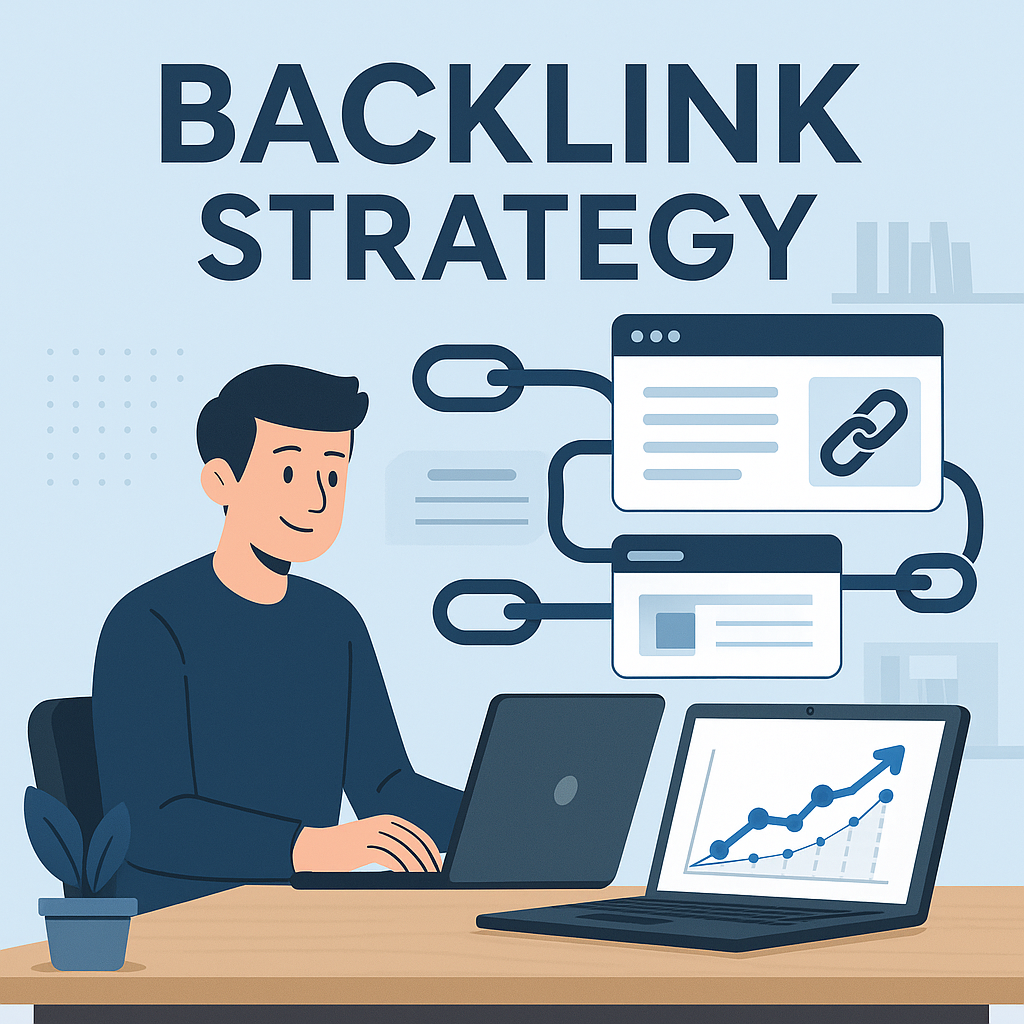Is Your Small Business Invisible Online? Here’s How Local SEO Can Change That
Imagine a potential customer, standing just a few blocks from your shop, searching on their phone for “coffee shop near me.” Will they find you, or will they be directed to your competitor two streets over? In today’s digital world, proximity is no longer enough. Visibility is everything. This is where mastering Local SEO for small businesses isn’t just a marketing tactic—it’s a survival strategy.
The numbers don’t lie. A staggering 28% of searches for something nearby result in a purchase . If you’re not appearing in those local search results, you’re not just losing clicks; you’re losing customers who are ready to buy. This guide will walk you through the essential strategies, from foundational principles to advanced tips on how to rank in Google Maps 2025, turning your local business into a neighborhood landmark.
The Evolution of Local SEO: From Keyword Stuffing to Community Building
Not long ago, local SEO was a clunky game of stuffing your city’s name into your website as many times as possible. Thankfully, those days are over. Google’s algorithm has evolved, becoming smarter, more intuitive, and focused on one thing: user experience. Today, it rewards authenticity and genuine community connection.
According to insights from Forbes, Google now cares more about your local community involvement than a flood of generic backlinks [(forbes.com)](https://www.forbes.com/councils/forbesbusinesscouncil/2025/03/21/the-2025-local-seo-shift-seven-simple-changes-every-business-can-make/). This marks a monumental shift. Ranking high is no longer about outsmarting a machine; it’s about genuinely serving your local audience. Let’s compare the old and new playbook.
| Factor | The Old Way (Then) | The New Way (2025 & Beyond) |
|---|---|---|
| Keywords | Stuffing “plumber in Brooklyn” everywhere. | Using natural, hyperlocal terms like “emergency plumber near Prospect Park.” |
| Links | Quantity of backlinks from any source. | Quality links from local news, blogs, and community partners. |
| Reviews | Just getting a high star rating. | Encouraging detailed reviews and actively responding to them. |
| Focus | Technical manipulation. | Authentic engagement and helpfulness. |
Core Pillars of Local SEO Success: Your Actionable Checklist
Ready to climb the local rankings? Focus on these foundational pillars. These are the most effective local SEO tips for small businesses that will make a tangible difference.
1. Your Google Business Profile (GBP): The Digital Storefront
Think of your Google Business Profile as your most important asset in local SEO. It’s often the first interaction a customer has with your business. Research consistently shows that GBP signals, like your primary category and keywords in your business title, are top ranking factors for the local pack [(backlinko.com)](https://backlinko.com/local-seo-stats). Optimizing your GBP is non-negotiable.
How to Optimize Your GBP:
- Complete Every Section: Don’t skip anything. Fill out your services, attributes (like “wheelchair accessible” or “free Wi-Fi”), products, and a detailed business description.
- Use High-Quality Photos & Videos: Show off your space, your products, and your team. Listings with media get more clicks and direction requests [(chatmeter.com)](https://www.chatmeter.com/resource/blog/google-maps-seo/).
- Encourage and Respond to Reviews: Actively ask satisfied customers for reviews. Respond to all of them—good and bad—to show you’re engaged and value feedback.
- Leverage Google Posts: Share updates, offers, and events directly on your profile. These posts appear in search and Maps, acting as free, timely advertising for your business [(wordstream.com)](https://www.wordstream.com/blog/ws/2020/06/03/google-my-business-optimization).
2. On-Page SEO: Aligning Your Website with Local Intent
Your website is the hub of your digital presence. It needs to send clear signals to Google about who you are, what you do, and where you do it.
Key On-Page Actions:
- NAP Consistency: Ensure your Name, Address, and Phone number are identical across your website (especially in the footer and on your contact page) and all online directories. Inconsistency confuses search engines and erodes trust.
- Location-Specific Pages: If you serve multiple areas, create unique pages for each location or service area. This allows you to target hyperlocal keywords and provide relevant content for each community.
- Mobile-First Design: With a huge chunk of local searches happening on mobile, your website must be mobile-friendly. It should load fast and be easy to navigate on a small screen [(boostability.com)](https://www.boostability.com/resources/local-seo-for-small-business-guide/).
3. Building Local Authority & Trust
Google wants to recommend businesses that are prominent and trusted in their local community. You can build this authority through citations and local links.
- Local Citations: Get your business listed in reputable online directories like Yelp, Apple Maps, and industry-specific sites. Consistency is key!
- Local Link Building: This isn’t about spamming links. It’s about earning them. Sponsor a local charity event, partner with a neighboring non-competing business, or write a guest post for a local blog. These activities generate powerful, relevant backlinks that signal local prominence [(seo.com)](https://www.seo.com/blog/local-seo-strategy/).
Unearthing Your Audience: Finding the Best Keywords for Local SEO Ranking
You can’t connect with your customers if you don’t speak their language. Local keyword research is about discovering the exact phrases your community uses when they need your services. Guessing is not a strategy.
It’s crucial to understand the two main types of local keywords:
- Explicit Keywords: These directly mention a location, like “best pizza downtown Seattle.”
- Implicit Keywords: These don’t mention a location, but the intent is local, like “emergency plumber near me.” Google uses the searcher’s location to provide local results for these queries [(semrush.com)](https://www.semrush.com/blog/local-keyword-research/).
Your 3-Step Local Keyword Research Process:
- Brainstorm Your Core Services: Start by listing everything you offer. Think like a customer. Are you a “restaurant” or a “family-friendly Italian restaurant”? Be specific.
- Add Location Modifiers: Combine your core services with location-based terms. Think beyond just your city. Use neighborhoods, famous landmarks, districts, and even street names. For example, a search could be “coffee shop near Pike Place Market with free Wi-Fi” [(forbes.com)](https://www.forbes.com/councils/forbesbusinesscouncil/2025/03/21/the-2025-local-seo-shift-seven-simple-changes-every-business-can-make/).
- Analyze Your Competitors: Look at the top-ranking local competitors for your main keywords. What terms are they using in their GBP titles and on their websites? Tools like Semrush or Ahrefs can help you find keyword gaps you can target.
Advanced Tactics & Future-Proofing Your Strategy
Once you’ve mastered the basics, it’s time to get a competitive edge. The local SEO landscape is always shifting, and staying ahead of trends is crucial.
- Embrace Hyperlocal Content: Go beyond just mentioning your city. Write blog posts about local events, create guides to your neighborhood, or feature other local businesses. This establishes you as a valuable community resource.
- Optimize for Voice Search: People speak differently than they type. Voice searches are often longer and more conversational (e.g., “Which bakery near me is open now and sells gluten-free cupcakes?”). Create FAQ pages that answer these specific, long-tail questions.
- Prepare for AI Overviews: Google’s new AI-powered answers are changing search results. While this is a complex and evolving area, having a website with clear, well-structured, and authoritative content is the best way to be featured. Focus on providing genuinely helpful information that directly answers customer questions.
Your Journey to Local Dominance Starts Now
Local SEO for small businesses can feel overwhelming, but it boils down to one simple principle: be the best, most helpful, and most visible answer for customers in your community. By meticulously optimizing your Google Business Profile, aligning your website with local intent, and genuinely engaging with your community, you can transform your online presence from invisible to unmissable.
Don’t wait for your customers to find you by accident. Start implementing these strategies today, and you’ll not only climb the rankings on Google Maps but also build a loyal customer base that will support your business for years to come. The effort you put in now is a direct investment in your future growth.
What’s the first step you’re going to take to improve your local SEO? Share your plans or questions in the comments below!
Read More :
Google Ads & PPC Strategies for 2025: A Guide to Success
SEO for E-Commerce Stores: 2025 Guide to Boost Sales



